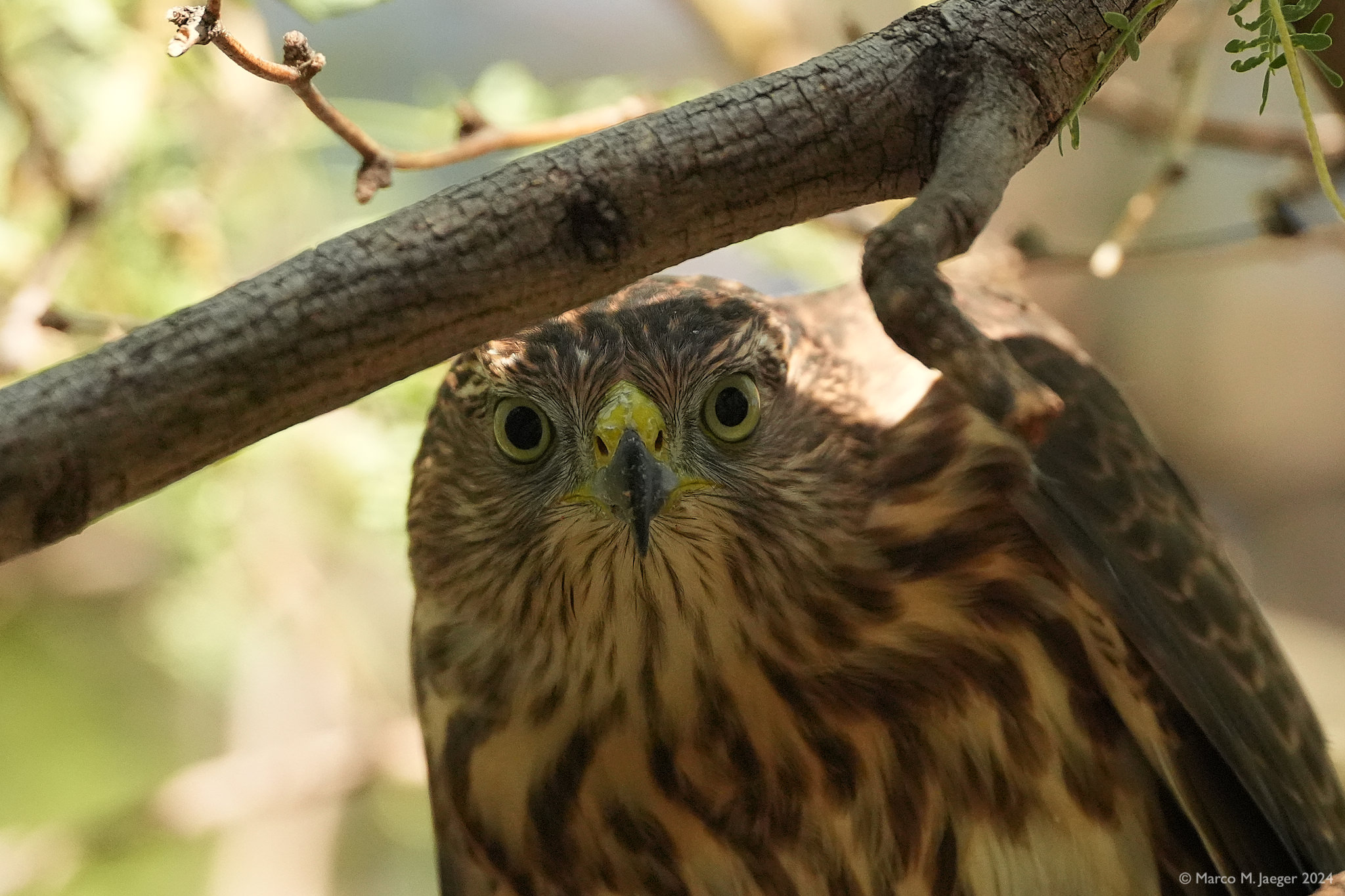A few weeks back a friend of us told us about the burrowing owls (Kaninchen Eulen oder Grabende Eulen) at Zanjero Park in Gilbert.
She invited us to meet her there just before sunrise (which was at around 5:15am!). We got up at 4:30 grabbed a quick coffee and drove down to Zanjero Park. This is the time of the day when the owls are most active, during the day they retreat into their burrows.
The park provides burrows where the owls are living and having their babies. One couple is there with 3 babies, a little further back there is another couple with one baby. We settle in on the walk way and start watching the parents getting crickets, worms and other small critters to feed their babies. The babies are still very fluffy and not ready to fly yet. They are very cute and playful.
When we go there again about 2 weeks later the babies are just as big as the parents, only their feathers indicate that they are not fully grown up yet. The parents are still feeding them. They start using their wings and take short training flights though.
Meanwhile a whole month has passed again before we visit them a 3rd time. The family is still together, the young birds are flying and hunting themselves and they look almost the same as their parents. When we get there we find them taking a bath in the sandy grounds then they fly up into the trees before heading back towards their burrow. They are very alert and curious. With their long legs they quickly run towards anything that moves on the ground. Later they settle in helping each other with the “unfolding” of the feathers around their heads.
Burrowing owls are small – they are only about 10 inches (25cm) but they have very long legs, which allow them to sprint in the open grasslands, rangelands, agricultural areas and deserts where they usually live. They can be found throughout open landscapes of North and South America. They nest and roost in burrows, such as those excavated by prairie dogs, squirrels, marmots or even foxes or snakes. Or, in our case, burrows provided by man.
To protect themselves and their babies the parents imitate the sound of a rattle snake if a predator approaches them.














2 comments
Lester Walker
I go there often to see and photograph these beautful Birds ! I was there 3 or 4 months ago only seen 2 adult Birds with leg bands X50 and W03 ! I returned today Aug 22,2020 now the adult birds as a baby half grown up 😍 but I noticed both adult birds don’t have leg Bands any more ? Just curious why they were removed ? Thanks Lester Walker
Cacciatore
I admire your interest for ornithology and want to congratulate for the pictures. Thank you, indeed.